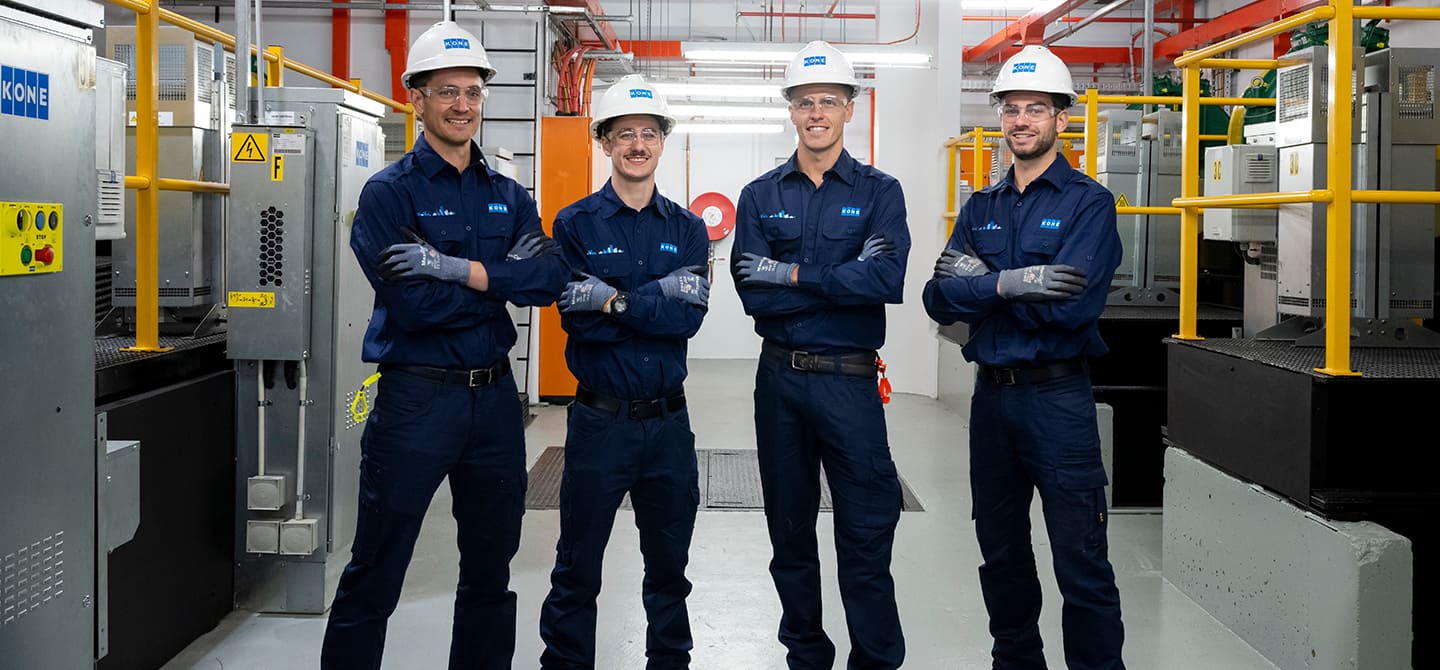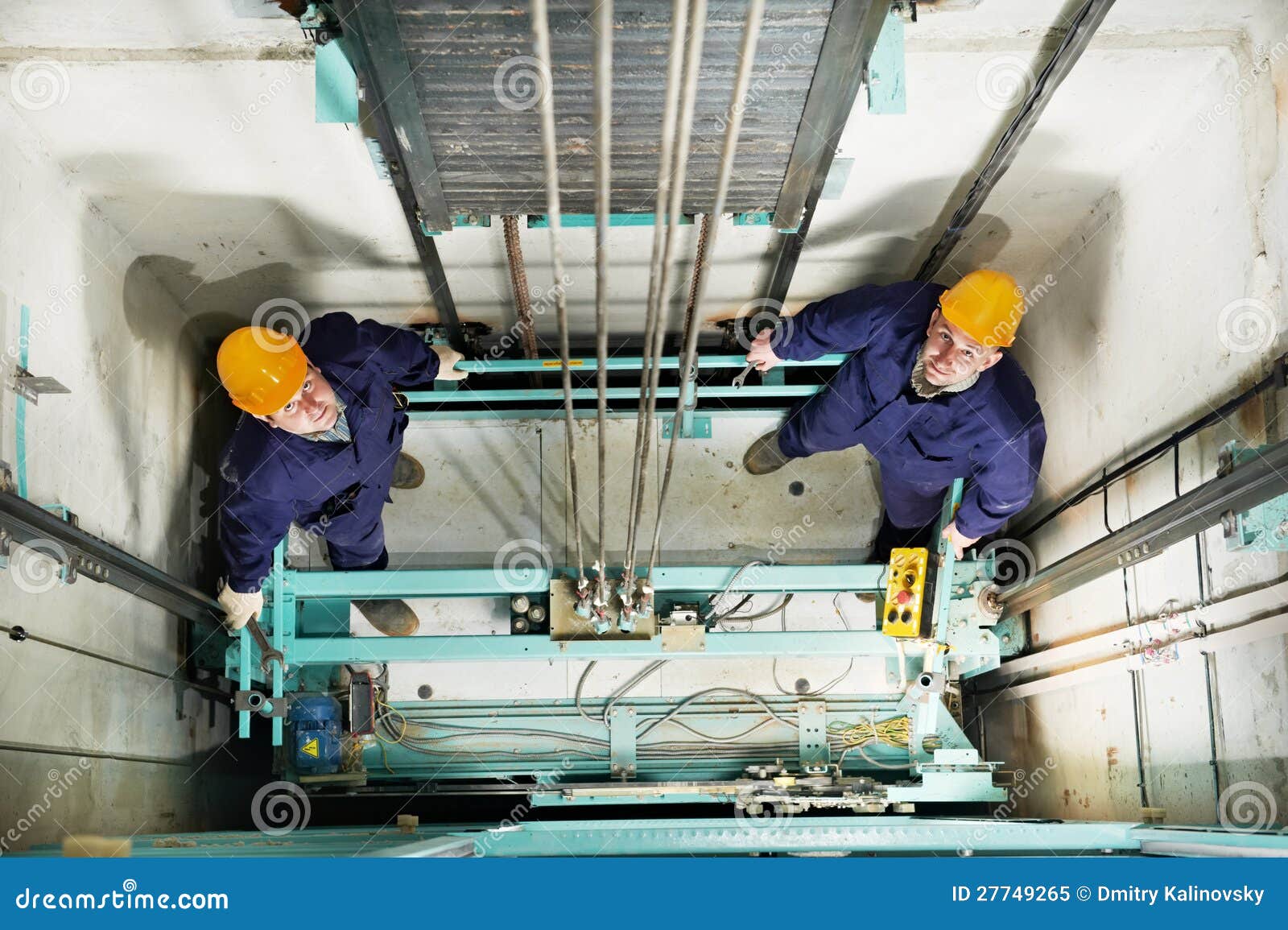Discovering the Comprehensive Procedures Required for Lift Upkeep
In the world of structure maintenance, making sure the correct functioning and security of lifts is extremely important. By dealing with crucial facets such as proactive maintenance timetables, safety and security checks, and emergency preparedness, a detailed understanding of the intricacies involved in lift upkeep can lead to improved performance and safety.
Regular Evaluations
When it involves making certain the longevity and safety of your lift system, routine assessments are vital. These regular checks play a crucial duty in determining any potential issues before they escalate into major problems, guaranteeing the risk-free and smooth operation of the lift. By carrying out routine evaluations, maintenance teams can proactively deal with wear and tear, defective components, or any other issues that might endanger the lift's efficiency or security.
During these evaluations, trained professionals extensively check out numerous elements of the lift system, including mechanical components, electric systems, security functions, and overall structural honesty (lift and engineering services). They search for signs of wear, deterioration, leakages, or any type of anomalies that can suggest a problem. In addition, they validate that all security mechanisms are operating properly and in compliance with laws. By finding and dealing with issues beforehand, these evaluations help stop costly fixings, downtime, or security risks, inevitably prolonging the lifespan of the lift system and making sure the well-being of its customers.
Aggressive Upkeep Schedules
Executing positive maintenance schedules is important for taking full advantage of the effectiveness and longevity of lift systems. By sticking to a positive maintenance approach, lift proprietors can resolve possible problems before they escalate right into significant issues, ultimately reducing downtime and pricey fixings.
A well-structured positive maintenance schedule need to detail particular tasks, regularities, and accountable personnel. When producing these schedules to make certain the lift operates securely and effectively, it is essential to follow maker recommendations and sector standards. In addition, documenting upkeep activities and maintaining comprehensive documents can supply valuable understandings into the lift's performance with time, helping in identifying patterns and making educated maintenance choices.

Safety And Security Compliance Checks
Making certain security conformity with detailed checks is vital in keeping lift systems' dependability and guarding individual health. Safety conformity checks entail an extensive analysis of various elements, consisting of electrical systems, mechanical parts, emergency situation brakes, doors, and other vital safety and security functions. These checks are necessary to identify any type of possible hazards or malfunctions that can compromise the lift's operation and put individuals in danger.
Regular security conformity checks need to be conducted by qualified professionals in adherence to industry policies and criteria. These checks aid in detecting problems early, enabling prompt repairs and preventive maintenance procedures to be carried out. Keeping comprehensive records of safety compliance checks is essential for tracking the lift system's performance over time and demonstrating compliance with safety and security laws.
Equipment Upgrades and Innovation
Enhancing lift systems with equipment upgrades and innovation is vital for boosting performance and security requirements in upright transport. As technology developments, older lift systems might become outdated, causing reduced integrity and prospective safety dangers. By buying devices upgrades and modernization, structure owners can make certain that their lifts fulfill current sector standards and guidelines.

In enhancement to functional advantages, devices upgrades and modernization projects can also boost the visual appeals of the lift, offering a more modern-day and enticing experience for passengers. Ultimately, spending in lift upgrades and innovation is a positive approach towards making sure the long life, safety, and performance of vertical transport systems.
Emergency Situation Readiness Preparation
An effective emergency preparedness plan is vital for making certain the safety and swift reaction in situation of unforeseen occurrences entailing lift systems. Emergency situation readiness preparation for lift systems entails a systematic approach to mitigate risks, guarantee traveler security, and reduce downtime during emergencies.
Secret elements of an emergency situation readiness prepare for lifts consist of clear interaction methods, normal training for lift drivers on emergency procedures, and routine drills to test the effectiveness of the plan. lift maintenance contract. Furthermore, the plan ought to outline specific duties and duties for all stakeholders included, including building management, upkeep workers, and emergency responders
In case of a lift breakdown or entrapment, having a well-defined emergency strategy can assist in collaborating a prompt and effective action to ensure the safety and security and wellness of travelers. Timely interaction, access to emergency tools such as communication devices and emergency situation illumination, and knowledge of discharge procedures are essential facets of a thorough emergency preparedness strategy for lift systems. By prioritizing emergency situation readiness preparation, building supervisors can boost the general safety and dependability of their lift systems.
Conclusion
Finally, the thorough steps required for lift maintenance include normal assessments, proactive upkeep routines, safety and security compliance checks, tools upgrades and modernization, and emergency situation preparedness preparation. These steps are essential for making sure the safety, dependability, and efficiency of lifts in different settings. By executing these actions, lift owners can minimize the danger of crashes, extend the life expectancy of their equipment, and abide by sector policies.

Throughout these inspections, trained specialists thoroughly check out different facets of the lift system, consisting of mechanical components, electrical systems, security attributes, and overall structural integrity.Making sure safety and security conformity via comprehensive checks is critical in preserving lift systems' integrity and safeguarding user well-being. Keeping comprehensive documents of safety compliance checks lift engineer is vital for tracking the lift system's performance over time and showing compliance with security guidelines.
By focusing on emergency situation readiness preparation, building managers can improve the total safety and reliability of their lift systems.